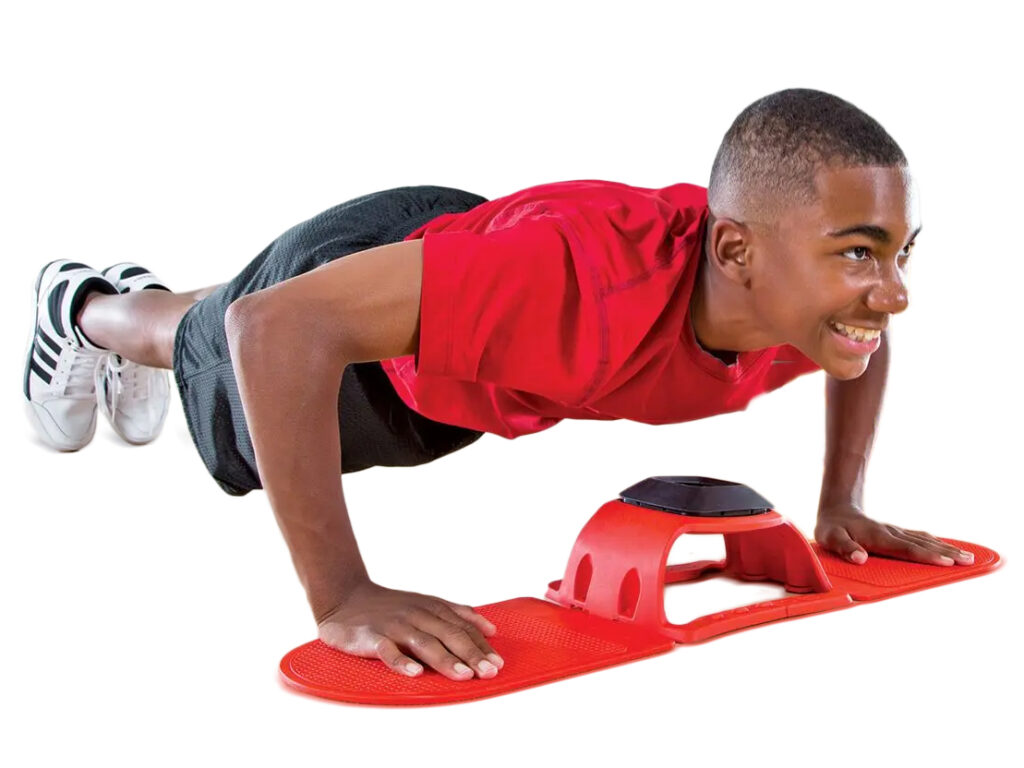
With the recent executive order reinstating the Presidential Fitness Test, physical education teachers across the country are preparing for its return. For some, this is a familiar tool from their early teaching years. For others, it’s a completely new requirement that may feel out of sync with today’s best practices in PE.
Both perspectives matter, and the key to success lies in blending tradition with modern, student-centered approaches.
Looking Back to Move Forward
The original Presidential Fitness Test was born in the 1960s, during a time when physical preparedness was viewed through a national security lens. The focus was on standardized benchmarks and comparison, identifying who met the mark and who didn’t.
Today, physical education has evolved. We prioritize:
- Individual progress over peer comparison
- Lifelong wellness over short-term performance
- Inclusion and encouragement over intimidation
We now understand that a positive experience in PE builds confidence and fosters lifelong habits, while negative experiences can discourage participation for years.

Reframing the Purpose
The Presidential Fitness Test doesn’t have to be a step backward. With the right mindset, it can become a valuable educational tool that supports modern goals.
Instead of using it as a “pass/fail” measure, position the test as:
- A baseline assessment to help students understand their current fitness levels
- A personal goal-setting tool that encourages progress over time
- A teaching moment to explain the importance of each component of fitness
- A data point to inform lesson planning and track growth
Closing the Experience Gap
Veteran teachers who administered the test decades ago bring valuable insight into logistics and implementation. They’ve seen what works and what doesn’t. Newer teachers bring a fresh perspective rooted in the whole-child teaching philosophies.
This is an opportunity for both groups to collaborate:
- Veteran teachers can mentor in test administration and creative adaptations.
- Newer teachers can integrate students’ voices and modern motivational strategies into the process.
Practical Tips for Modern Implementation
To make the Presidential Fitness Test meaningful and student-friendly, try these strategies:
1. Focus on individual progress, not rankings. Share personal improvement goals and celebrate growth.
2. Embed assessments into your curriculum. Teach the “why” before the “how” and connect activities to real-world benefits.
3. Keep it positive. Recognize effort, resilience, and sportsmanship as much as achievement.
4. Accommodate all abilities. Modify activities so every student can participate meaningfully.
Moving Forward Together
The return of the Presidential Fitness Test is not just a policy change; it’s a professional challenge and opportunity. By combining the structure of the past with the compassion and inclusivity of today, PE teachers can turn a compliance requirement into a meaningful learning experience.





